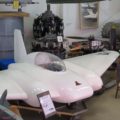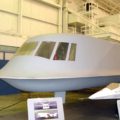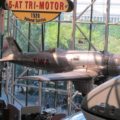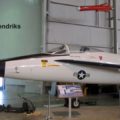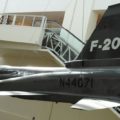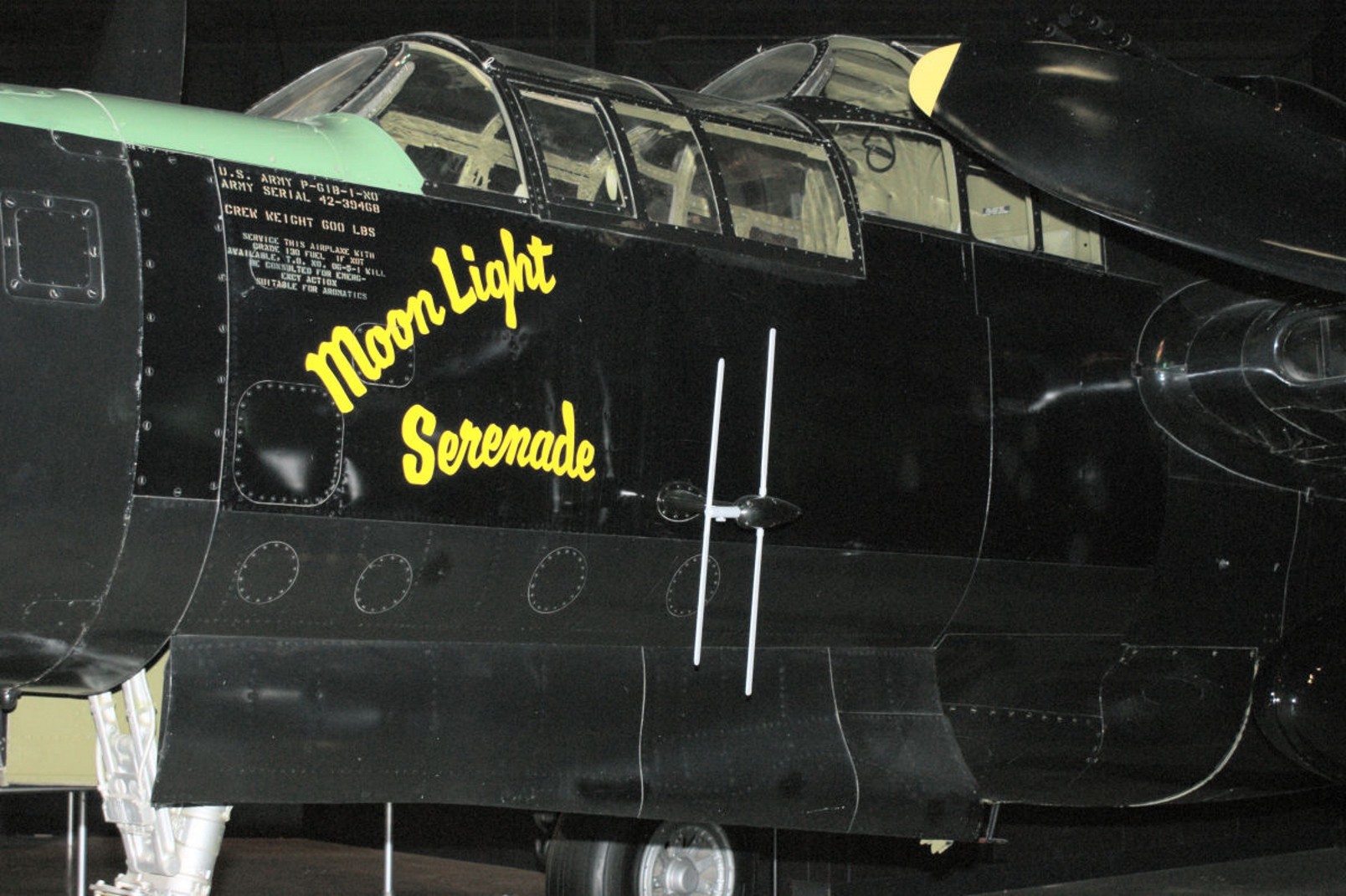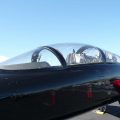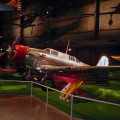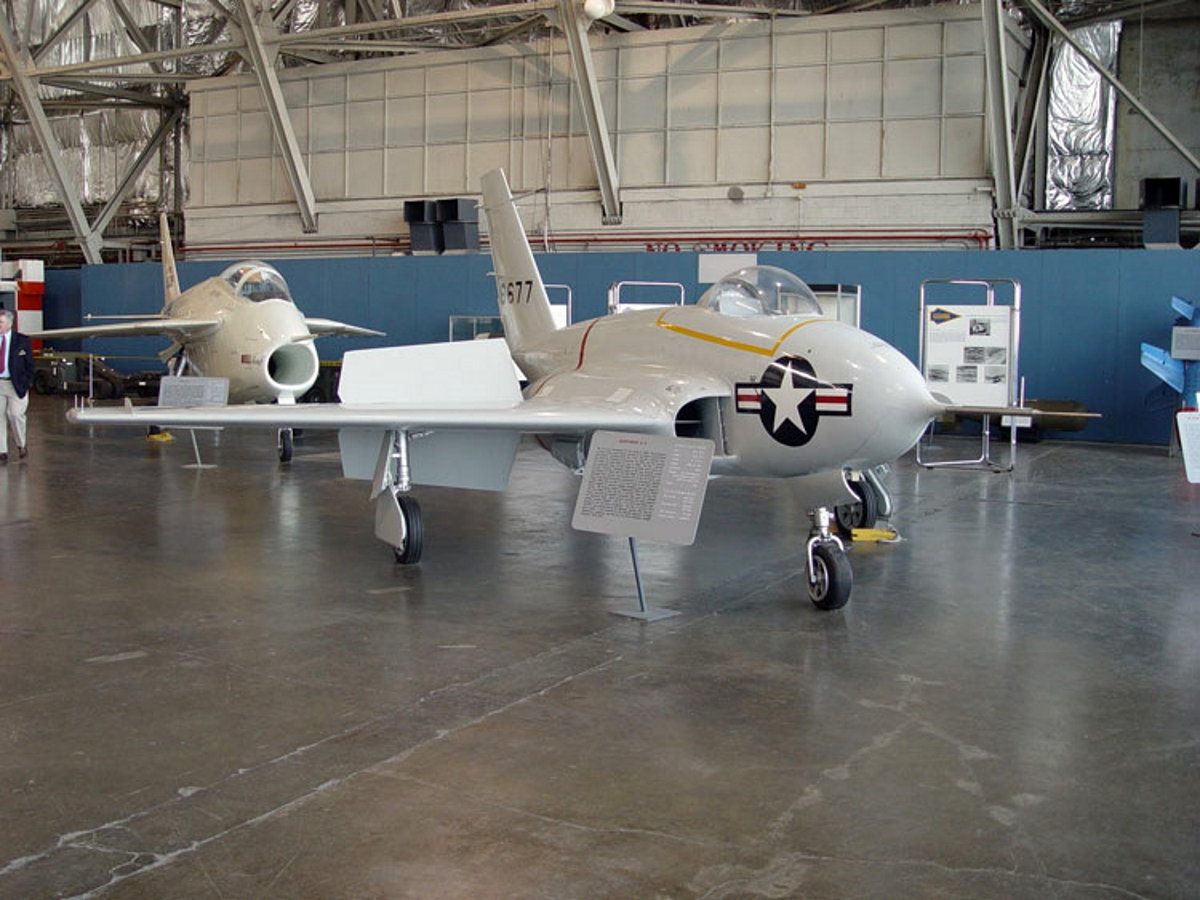
Northrop X-4 Bantam | |
|---|---|
| Страна | Сащ |
| Роля | Безопашат прототип на въздухоплавателно средство |
| Първи полет | 15 декември 1948 г. |
| Построен | 2 |
1. Нортроп X-4Бантам е прототип на малки twinjet самолети, произведени от Northrop Corporation в 1948. Той нямаше хоризонтални опашни повърхности, в зависимост вместо това от комбинираните повърхности за управление на асансьора и айлерона (наречени елевони) за контрол в нагласите на терена и ролката, почти точно по начина на подобния формат, захранван с ракети Messerschmitt Me 163 от Луфтвафе на Нацистка Германия. Някои аеродинамици бяха предложили премахването на хоризонталната опашка да свърши и проблеми със стабилността при бързи скорости (наречени шокови сергии), произтичащи от взаимодействието на свръхзвуков ударни вълни от крилата и хоризонталните стабилизатори. Идеята имаше заслуги, но системите за контрол на полета от това време попречиха на Х-4 от всякакъв успех.
Източник: Нортроп Х-4 Бентам в Уикипедия
| Northrop X-4 Bantam Walk Aroundd | |
|---|---|
| Photographers | John Heck, Randy Ray |
| Localisation | National Museum of the USAF |
| Photos | 50 |
Комплекти свързани:
Намерете комплекти в иБей:
Вижте също:
The Northrop X-4 Bantam was an experimental aircraft designed and built by the Northrop Corporation in the late 1940s. It was one of the first attempts to create a tailless aircraft that could fly at high speeds and altitudes. The X-4 had a semi-circular wing with a swept leading edge and a straight trailing edge. It was powered by two Westinghouse J30 turbojet engines mounted in the fuselage. The X-4 had a single-seat cockpit with a bubble canopy that provided good visibility.
The main purpose of the X-4 was to test the stability and control of a tailless aircraft at transonic speeds, that is, near the speed of sound. The X-4 was expected to achieve a maximum speed of Mach 0.95 and a maximum altitude of 40,000 feet. However, the X-4 encountered several problems during its flight tests, which began in 1948 and ended in 1953. The most serious problem was the loss of longitudinal stability at high speeds, which caused the nose to pitch up or down uncontrollably. This phenomenon, known as inertia coupling, was later found to affect many other early jet fighters. The X-4 also suffered from engine failures, structural failures, and landing gear malfunctions.
The X-4 program was cancelled in 1953 after 82 flights and two prototypes. The X-4 did not achieve its design goals and did not contribute much to the development of tailless aircraft. However, it did provide valuable data on transonic aerodynamics and inertia coupling, which helped to improve the design of later supersonic aircraft. The X-4 also inspired other experimental tailless aircraft, such as the Convair XF-92 and the Northrop XB-35. The two X-4 prototypes are preserved at the National Museum of the United States Air Force and the Air Force Flight Test Museum.
Views : 1416




